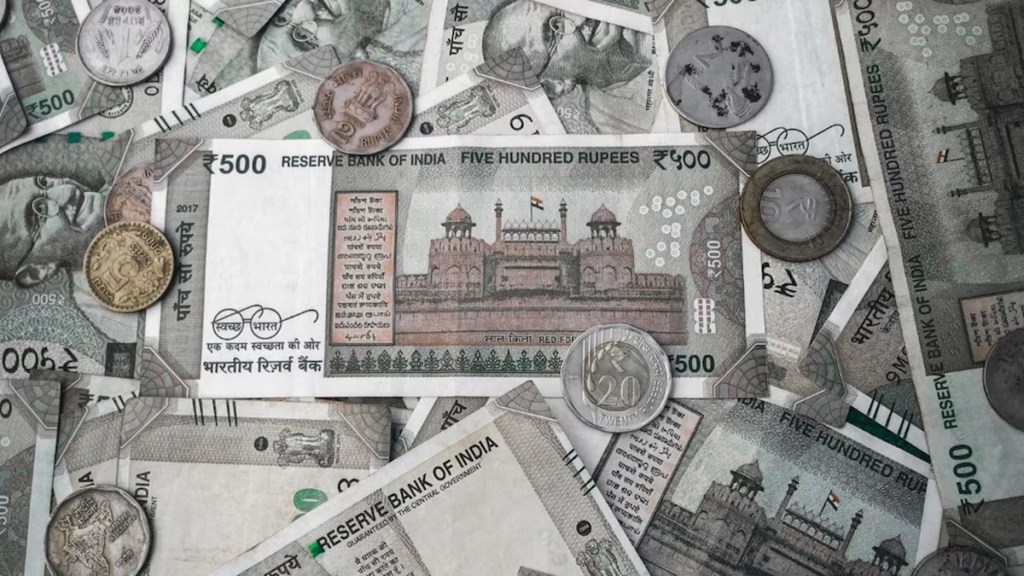The Centre may factor in higher appetite for shorter-tenure government securities (G-Secs) and a weakening of demand for 40 and 50-year bonds, as it decides on the market borrowings plan for the second half of the current fiscal year by week-end, according to sources.
The government, which borrowed Rs 8 lakh crore from the market in H1, plans to borrow another Rs 6.8 lakh crore in the second half, while sticking to the annual borrowing calendar of Rs 14.8 lakh crore.
So far in 2025,10-yr G-Secs yield fell 29 bps to 6.47%. During this period, it hit a high of 6.85% on 13 January and a low of 6.24% on May 28, data from Bloomberg showed. On the contrary, the yield on 30-year bond rose 18 bps to 7.20% in 2025; it hit a high of 7.33% on September 1 and low of 6.76% on April 23.
Demand for long-tenure bonds wanes
According to Axis MF Research, based on the auction calendar for the last three years, around 50% issuance in longer bonds – 15 year and above– have been by the Centre and 40% of such instruments were state development loans (SDLs).
The market sentiments have turned negative for long-tenure bonds due to various factors including revised held-to-maturity (HTM) guidelines for banks that require them to hold on to bonds till maturity. Similarly, the pension regulator has permitted equity exposure of pension funds from 15% to 25% in the default investment scheme and has proposed to increase equity exposure to 100% from 75% for private sector subscribers under the National Pension System. Higher equity exposure will reduce fund flows to long-tenure bonds, affecting their demands, analysts feel.
While the finance ministry, in consultation with the Reserve Bank of India, will take the final call on composition of bonds in H2, they have to defer the negative market signals for long-tenure papers, officials reckon.
Borrowing mix and fiscal outlook
The gross market borrowing of Rs 8 lakh crore in H1FY26 was spread over 3, 5, 7, 10, 15, 30, 40 and 50-year securities. The share of borrowing under different maturities was: 3-year (5.3%), 5-year (11.3%), 7-year (8.2%), 10-year (26.2%), 15-year (14%), 30-year (10.5%), 40-year (14%) and 50-year (10.5%). The government has clearly indicated that, despite pressure seen in tax revenues and the immediate impact of GST rate cuts, it will stick to the borrowing target and the fiscal deficit target of 4.4% of the gross domestic product in FY26.
While the slow growth in direct taxes needs to be watched, the risks of a material fiscal slippage by the Centre in FY2026 appear limited at the current juncture, Icra chief economist Aditi Nayar said.
“Consequently, we believe that this will not necessitate the GoI to increase its market borrowings in H2 FY2026, over and above the imputed Rs. 6.8 trillion (Rs. 8.0 trillion in H1),” Nayar said.
The net revenue reported to be foregone by the Centre and the states on account of GST rationalisation has been estimated at Rs 50,000 crore.
Given that it is likely to be an annualised amount, this doesn’t seem substantial and may partly be absorbed by the higher-than-budgeted RBI dividend to the Centre, as well as the second-round impact of the GST cuts on tax collections, she added.
